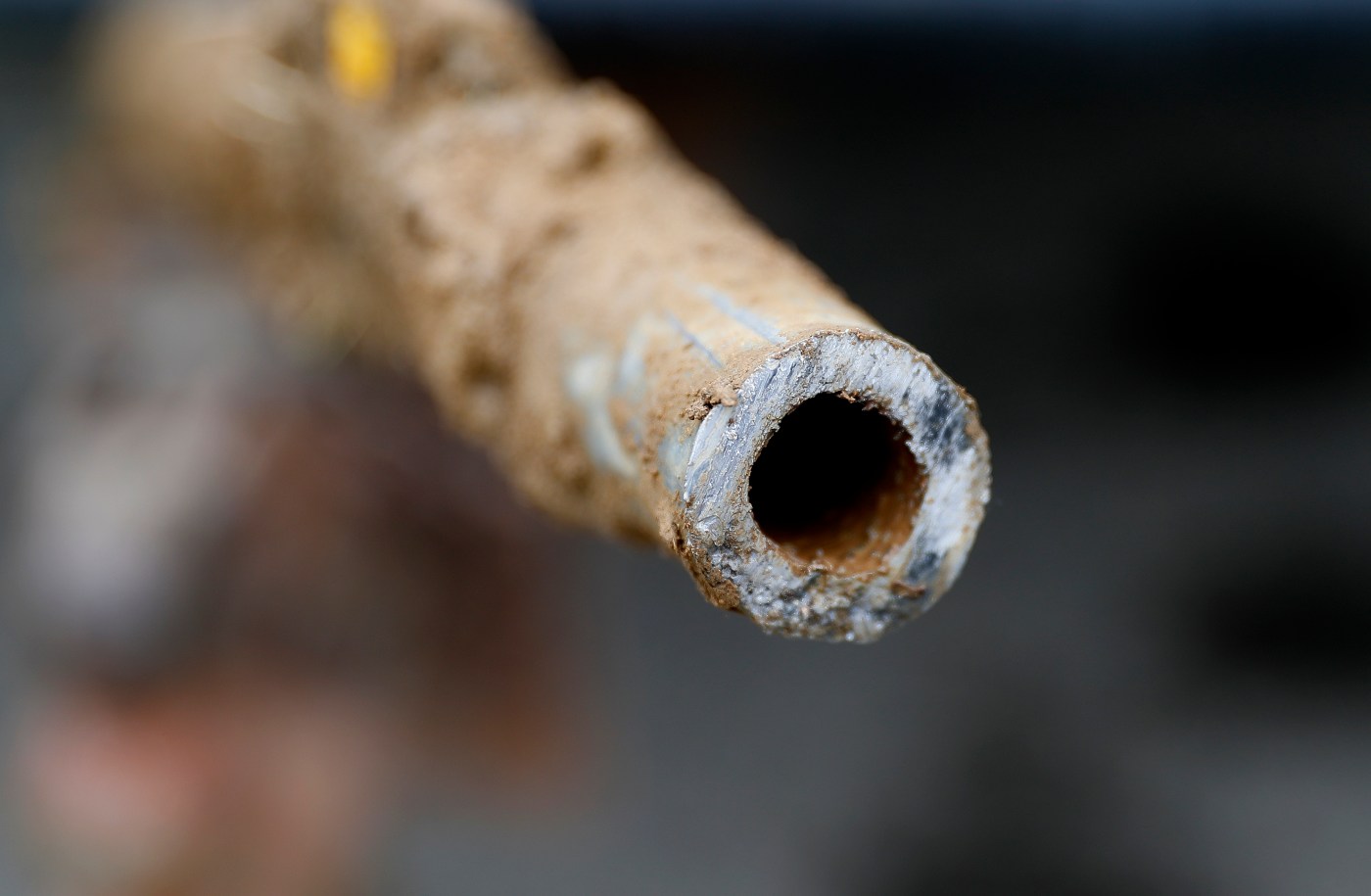In October, the Environmental Protection Agency issued a ruling mandating the removal of all lead pipes supplying drinking water in the United States. Whether the rule will survive the incoming Donald Trump administration is an open question — one that could have serious, even life-threatening implications for the more than 9 million or so homes that get their water by “lead service lines.”
Given what we know about the dangers posed by lead-contaminated drinking water, it’s worth asking: What took so long? How is it possible that such large swaths of the United States still rely on poisonous pipes?
The answer lies with a now-defunct organization known as the Lead Industries Association, or LIA. Much like industry groups connected to the tobacco industry, the LIA tirelessly promoted the use of lead, despite the demonstrated public health risks. The legacy of its success continues to plague the United States today.
The American medical profession began zeroing in on the public health dangers of lead pipes as early at the 1840s. As the century drew to end, it reached consensus. As a chemist testifying at the meeting of the American Water Works Association in 1885 flatly stated: “That lead pipe poisons drink water is beyond dispute.”
In the 1890s, Massachusetts became one of the first states to recommend the abandonment of lead pipes. New Hampshire followed not long afterward, as did a handful of other states in the early 20th century. Yet these initial attempts to rein in the use of lead eventually ran into the LIA.
Founded in 1928, the organization was dominated by a handful of companies that mined and sold lead for use in everything from paints to pipes. Though ostensibly nothing more than a trade association, the primary purpose of the group was actually to push back against growing public health concerns about the use of lead.
A powerful campaign
In 1929, the group’s secretary, Felix Wormser, noted in an annual report: “Of late the lead industries have been receiving much undesirable publicity regarding lead poisoning.” He recommended that the LIA “devote time and money on an impartial investigation which would show once and for all whether or not lead is detrimental to health.”
And so, despite the widely understood dangers, the LIA continued to tout the advantages of using lead in a host of products, rarely mentioning potential risks. Instead, the public received upbeat accounts of lead’s miracle-working properties in publications like Useful Information About Lead, released in 1931.
Throughout the 1930s, the LIA lobbied plumbers’ groups and local officials in charge of plumbing codes, hoping to revive the fortunes of the lead-pipe industry. It warned of the “dangers” of using cast iron pipe (corrosion, mostly) and sang the praises of lead’s durability and workability. By 1934, the organization could brag that it had “rekindled an interest on the part of master and journeymen plumbers in the use of lead.” By World War II, it had managed to get lead pipes back into government buildings and other large-scale projects.
At the same time, the LIA was conducting a duplicitous public-relations campaign that sought to sow doubt about the dangers posed by lead. In their history of this sorry episode, Gerald Markowitz and David Rosner show how, absent any federal oversight of the issue, the LIA “assumed a central role in funding research on lead-related illness.”
LIA’s success
This helps explain why, as countries throughout Europe cracked down on sources of lead poisoning, the United States continued to install lead pipes and make lead paint. When dissenters raised concerns, the LIA was quick to attack. After the Metropolitan Life Company published concerns about lead poisoning, it quickly backpedaled, telling federal officials: “You will readily understand that we wish to avoid any controversy with the lead people.”
Related Articles
Bay Area welcomes its first babies of 2025 — including one born exactly at midnight
How a duty to spend wisely on worker benefits could loosen PBMs’ grip on drug prices
Flu and RSV are sustaining California’s sniffly season, COVID yet to surge this winter
Gal Gadot’s dangerous blood clot reveals health risk for pregnant women
Are California real estate markets warped by sober homes paying top dollar?
By the 1940s, the LIA had managed to fend off attempts to regulate both lead pipes and lead paint. The group dismissed the overwhelming medical literature as nothing more than “anti-lead propaganda” that had “caused many physicians and hospitals to assume erroneous positions on the question of lead poisoning.”
These efforts would continue well into the postwar era, guaranteeing that millions of the nation’s households would risk drinking lead-tainted water. In fact, the LIA did its job so well that it wasn’t until 1986 that Congress enacted a formal ban on the installation of new lead pipes.
While the LIA may have been wrong on the science, it was right about one thing: lead pipes can last for many decades, which is why we’re still dealing, nearly a century after their danger first came to light, with the ramifications of the LIA’s campaign of obfuscation.
Stephen Mihm is a professor of history at the University of Georgia. ©2024 Bloomberg. Distributed by Tribune Content Agency.












